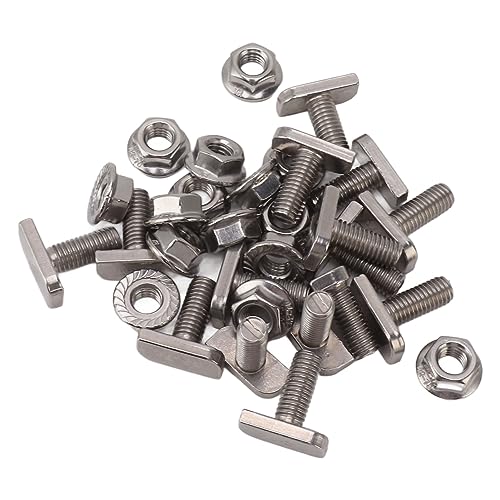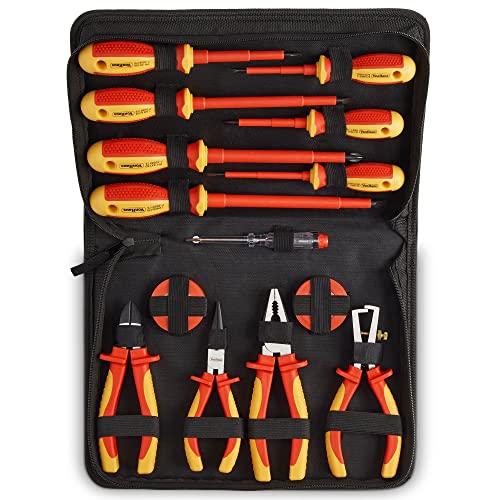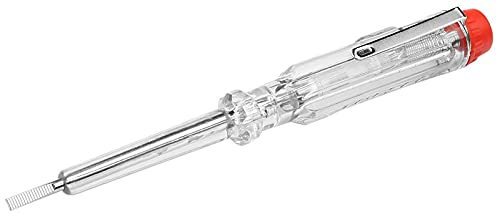mindthegoat
Member
Hi
This is well outside of DIY, and may be outside the scope of this forum, if there is a better place to ask, please let me know.
I own a campsite and am looking into a major upgrade of the incoming supply, my question relates to pricing from National Grid. I was quoted 6 figures for a 500kVA supply, this would be our own transformer. work requires the addition of a 3 third phase along local supply poles (currently 2 phase into a split phase local transformer), a feed from the nearest pole to the site and supply and fit of a transformer.
We have recently asked for a different quote, half the power @ 240V. This involves the same 3rd phase added to poles and an upgrade of the local pole-mounted transformer. This has come in at considerably less. It occurs to me that the transformer is probably the same and the cabling for the second option may be more expensive. Trying to understand why such big price difference. I wondered if the DNO would prefer to get me to pay for to upgrade the local transformer, which is currently at max capacity, even though my requirements could leave the next transformer at maximum capacity.
I will go back and ask but wondered if anyone here had experience of dealing with DNOs for big upgrades?
This is well outside of DIY, and may be outside the scope of this forum, if there is a better place to ask, please let me know.
I own a campsite and am looking into a major upgrade of the incoming supply, my question relates to pricing from National Grid. I was quoted 6 figures for a 500kVA supply, this would be our own transformer. work requires the addition of a 3 third phase along local supply poles (currently 2 phase into a split phase local transformer), a feed from the nearest pole to the site and supply and fit of a transformer.
We have recently asked for a different quote, half the power @ 240V. This involves the same 3rd phase added to poles and an upgrade of the local pole-mounted transformer. This has come in at considerably less. It occurs to me that the transformer is probably the same and the cabling for the second option may be more expensive. Trying to understand why such big price difference. I wondered if the DNO would prefer to get me to pay for to upgrade the local transformer, which is currently at max capacity, even though my requirements could leave the next transformer at maximum capacity.
I will go back and ask but wondered if anyone here had experience of dealing with DNOs for big upgrades?
































































